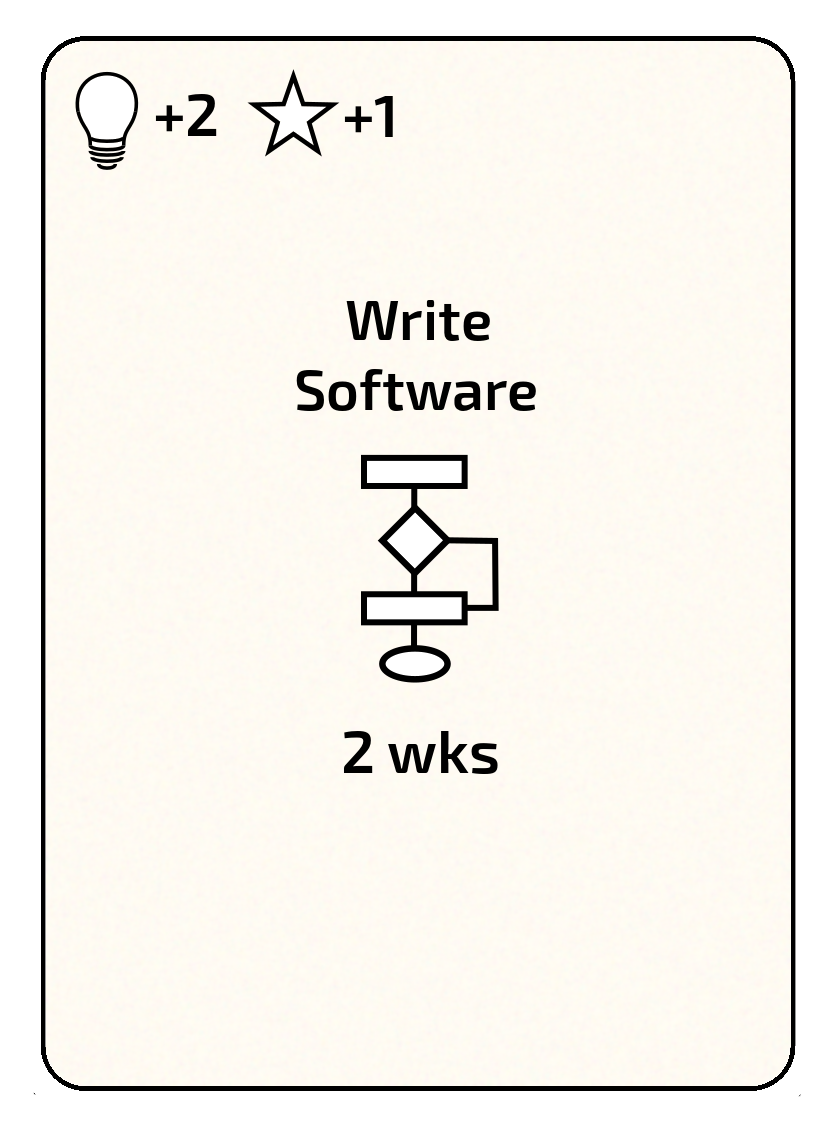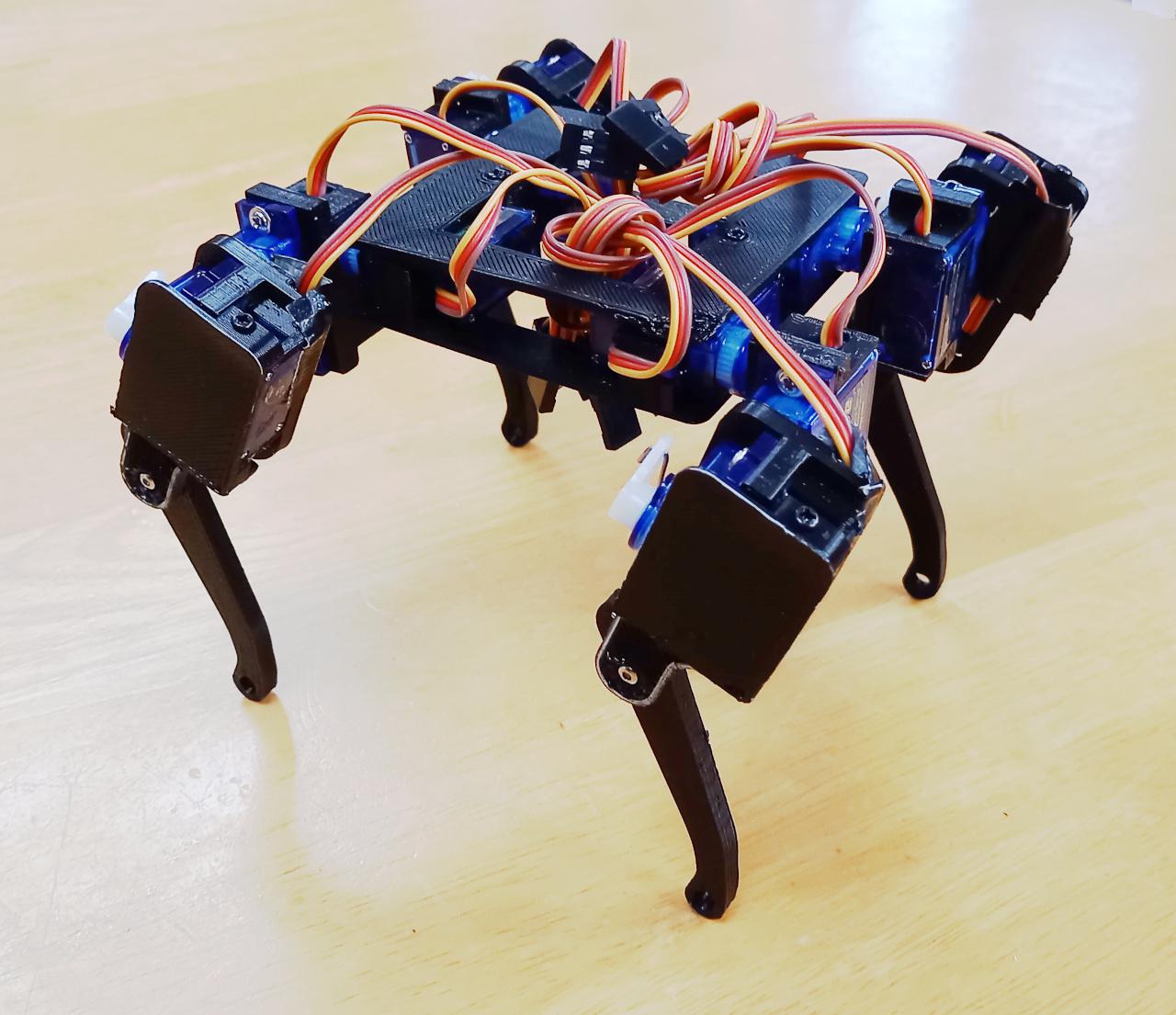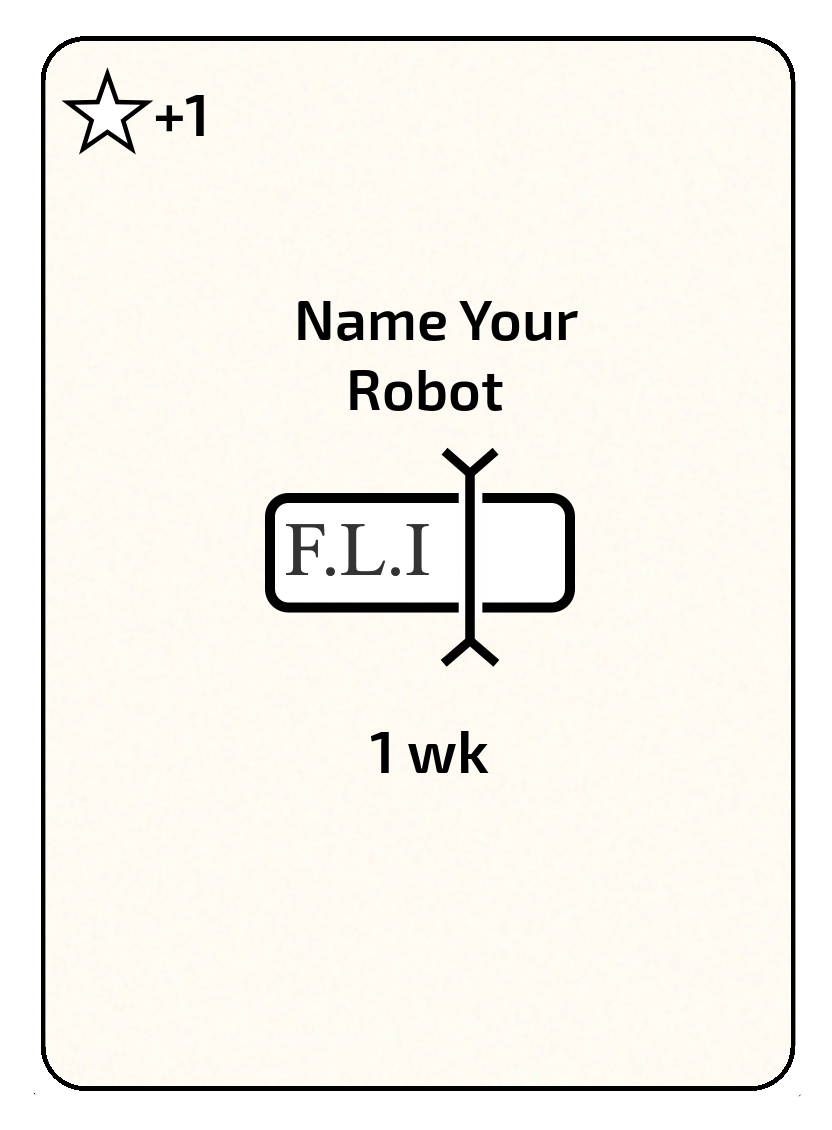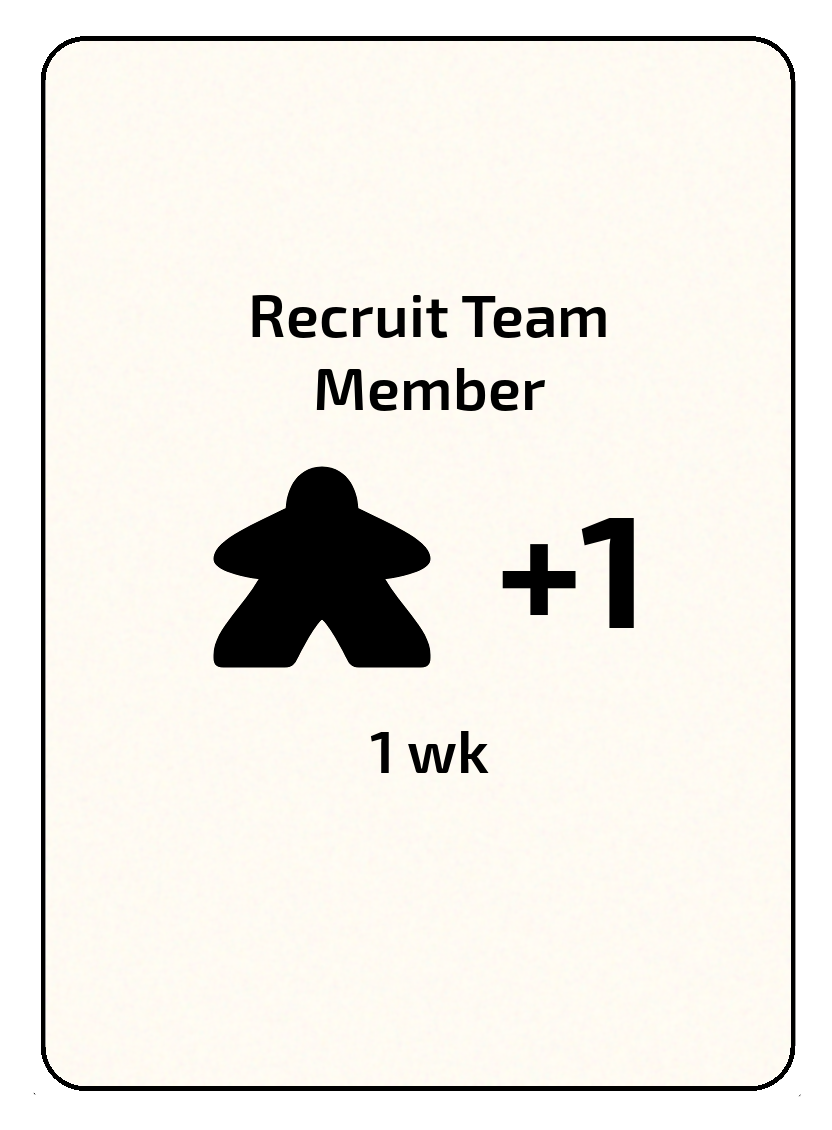Flig's Display

As always, we can make things better and introduce 'nice to have' features. Previously I called them "Distractions (of the Year)". Now, I'll just call them "Decorate Your Robot". But, this is not completely decorative function of the robot - it serves good purpose as well: to keep batteries safe.
Lithium Polymer (and Lithium Ion) batteries are very 'fussy'. They don't like being too cold, or too warm or being overcharged (fortunately today's chargers do cater for that) or, in this case important thing, over-discharged! From my RC days I've learnt that nominal voltage of LiPo battery's is 3.7V per cell. And batteries are quite sensitive of each cell's voltage going much lower. Some specs say that 3.3V its fine, another even go down to 3V, but my experience taught me that if resting voltage of battery, after being used, is at 3.7 or lower - that battery's lifespan is being shortened.
 F. L. I. G.
F. L. I. G.





